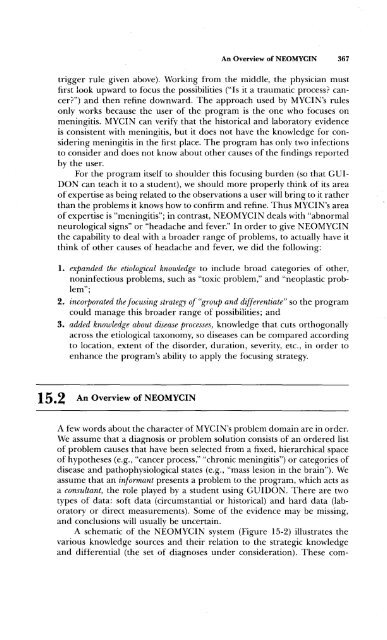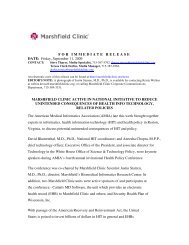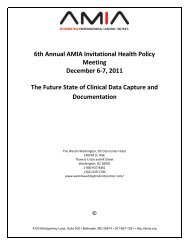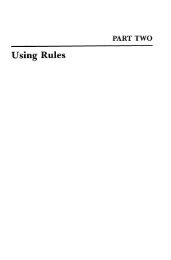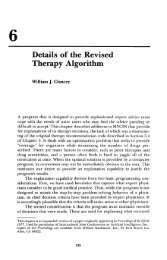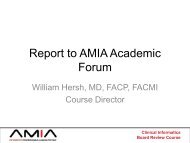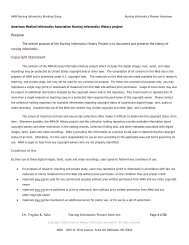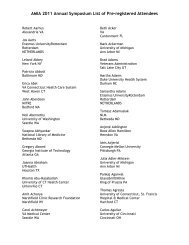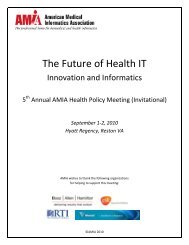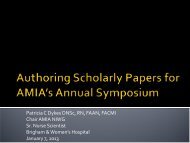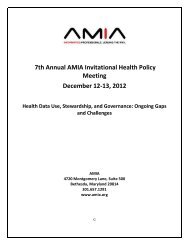Chapter 15 - People
Chapter 15 - People
Chapter 15 - People
You also want an ePaper? Increase the reach of your titles
YUMPU automatically turns print PDFs into web optimized ePapers that Google loves.
An Overview of NEOMYCIN 367trigger rule given above). Working from the middle, the physician mustfirst look upward to focus the possibilities ("Is it a traumatic process? cancer?")and then refine downward. The approach used by MYCIN's rulesonly works because the user of the program is the one who focuses onmeningitis. MYCIN can verify that the historical and laboratory evidenceis consistent with meningitis, but it does not have the knowledge for consideringmeningitis in the first place. The program has only two infectionsto consider and does not know about other causes of the findings reportedby the user.For the program itself to shoulder this focusing burden (so that GUIDON can teach it to a student), we should more properly think of its areaof expertise as being related to the observations a user will bring to it ratherthan the problems it knows how to confirm and refine. Thus MYCIN's areaof expertise is "meningitis~'; in contrast, NEOMYCIN deals with "abnormalneurological signs" or "headache and fever." In order to give NEOMYCINthe capability to deal with a broader range of problems, to actually have itthink of other causes of headache and fever, we did the following:1. expanded the etiological knowledge to include broad categories of other,noninfectious problems, such as "toxic problem," and "neoplastic problem";2. incorporated the focusing strategy of "group and d~fferentiate" so the programcould manage this broader range of possibilities; and3. added knowledge about disease processes, knowledge that cuts orthogonallyacross the etiological taxonomy, so diseases can be compared accordingto location, extent of the disorder, duration, severity, etc., in order toenhance the program's ability to apply the focusing strategy.<strong>15</strong> • 2An Overview of NEOMYCINA few words about the character of MYCIN's problem domain are in order.We assume that a diagnosis or problem solution consists of an ordered listof problem causes that have been selected from a fixed, hierarchical spaceof hypotheses (e.g., "cancer process," "chronic meningitis") or categories ofdisease and pathophysiological states (e.g., "mass lesion in the brain"). Weassume that an informant presents a problem to the program, which acts asa consultant, the role played by a student using GUIDON. There are twotypes of data: soft data (circumstantial or historical) and hard data (laboratoryor direct measurements). Some of the evidence may be missing,and conclusions will usually be uncertain.A schematic of the NEOMYCIN system (Figure <strong>15</strong>-2) illustrates thevarious knowledge sources and their relation to the strategic knowledgeand differential (the set of diagnoses under consideration). These com-


